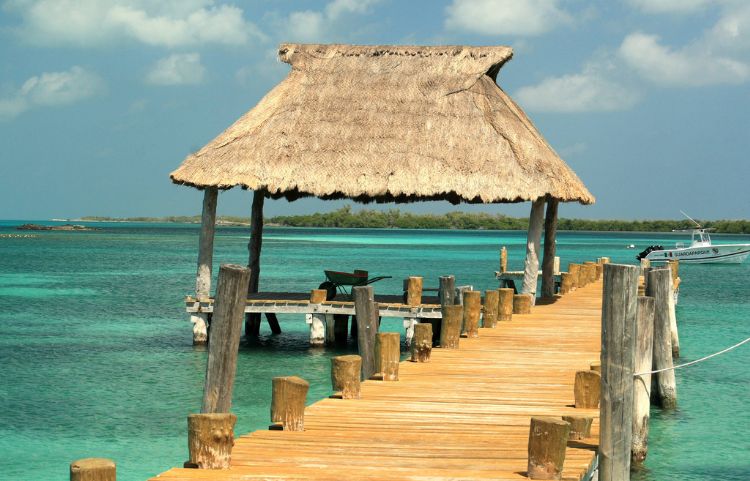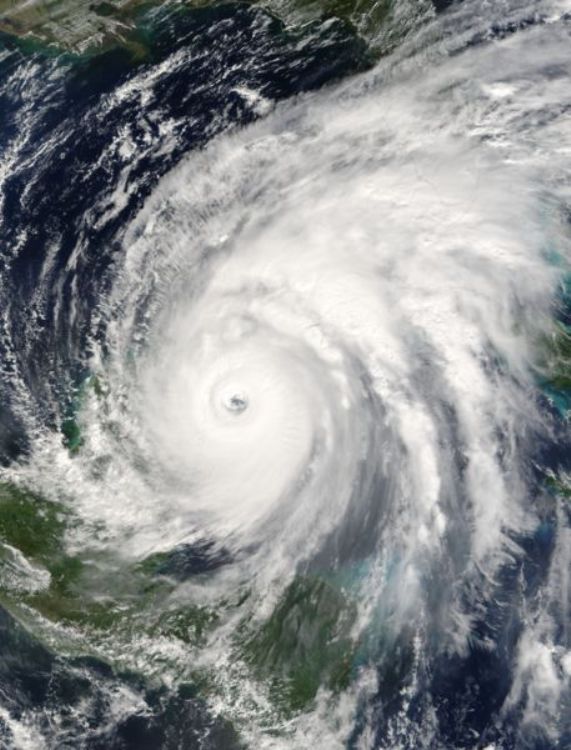Contoy Island and it's National Park

Contoy Island is another of the natural beauties that we can find in the Caribbean Sea. Located in the state of Quintana Roo, it is approximately 18 miles north of Isla Mujeres, in the Canal de Yucatán (Yucatán Channel). It is a great sanctuary for all types of fauna and flora.
Since the decade of the 60âs the place itself became a protected area,. In 1998, the island was declared a National Park. The park covers the total area of the island (which is near 5 miles long) and 16,000 feet of the surrounding sea. The rocky coast of the eastern side contrasts with the sand dunes and the beach of the western side and in spite of having nearby lagoons, it is very hard to walk through it by foot.
Regarding the inhabitant species of the island, it is worth mentioning the birds since during winter, the population increases to more than 10,000 with 150 different species on different areas. It is precisely the species that turn this place into the most important bird refuge of the Caribbean Sea, and the ones that give name to this place, since Contoy means âIsland of the Birdsâ.
Bird sightings in the island vary considerably according to the season. Given the sub-humid tropical climate, temperatures during summer reach the 80º F and decrease to 41º F during winter. Rainy season arrives from September to November.
The park is a perfect place to visit if you are a lover of bird sighting, landscapes and nature in general, and of course, it is an excellent area for all the Ecotourism practitioners. There are several activities to do in the island, such as exploring the coral reefs, observing the spawning of any of the four marine turtle species, visiting the museum of the park and contemplating the fauna and the view from the observation tower of the place.
The biodiversity of the island is amazing since we can find peculiar birds such as the Egretta Rufescens herons or the Brown Pelican, various reptiles like the Green, Carey, Caguama and White Turtles, several types of geckos, lizards and the ever-present Sunbathing Iguana. If you are lucky, you can find one of the few boa specimens that are in this place. One of the most outstanding mammals is the frugivorous bat. The marine species population is very wide; just to mention some, there are sardines, lobsters and shrimp. Out to sea, whale sharks, octopuses and stingrays can be observed due to the crystalline waters. On the seashore, we can find red hermit crabs.
There is a total of 234 fish species known to inhabit the place.
The flora is divided into two large groups of coastal lagoon and mangrove swamp. Each one is subject of various studies carried out by biologists. Among the predominant species, there are seagrapes, which has been taken away from several coasts.
If you are planning to visit this place, you have to take into account that there is a limited room for 200 visitors per day. In the same way, you have to previously request permission to the Park offices in Cancún or Isla Mujeres. You can get to the island only by sea and in authorized ships coming from Cancún, Isla Mujeres and Puerto Juárez.
This journey varies according to the climate, the starting point and the ship, but the estimated travel time is two hours. Ships that render the tour service leave at 9 am and return around 5 pm.
It is strongly recommended to visit the lighthouse, since there is a guide who is well-informed of the ecosystems. Besides, the beautiful mangrove swamps are worth seeing. Hiking around the perimeter of the island is allowed. This is a pleasant activity because you can observe the conservation of the ecosystem.
If you are interested in diving, you can bring your own equipment or rent one at the harbors, but they only accept cash.
To sum up, visiting the island is a must for those who want to contemplate an intact ecosystem which is in constant recovery. This promising place will not disappoint anyone. Finally, the visitors are asked to respect the guidelines of the island in order to preserve the place.
Photo: Alaskan Dude
Artículo Producido por el Equipo Editorial Explorando México.
Copyright Explorando México, Todos los Derechos Reservados.






